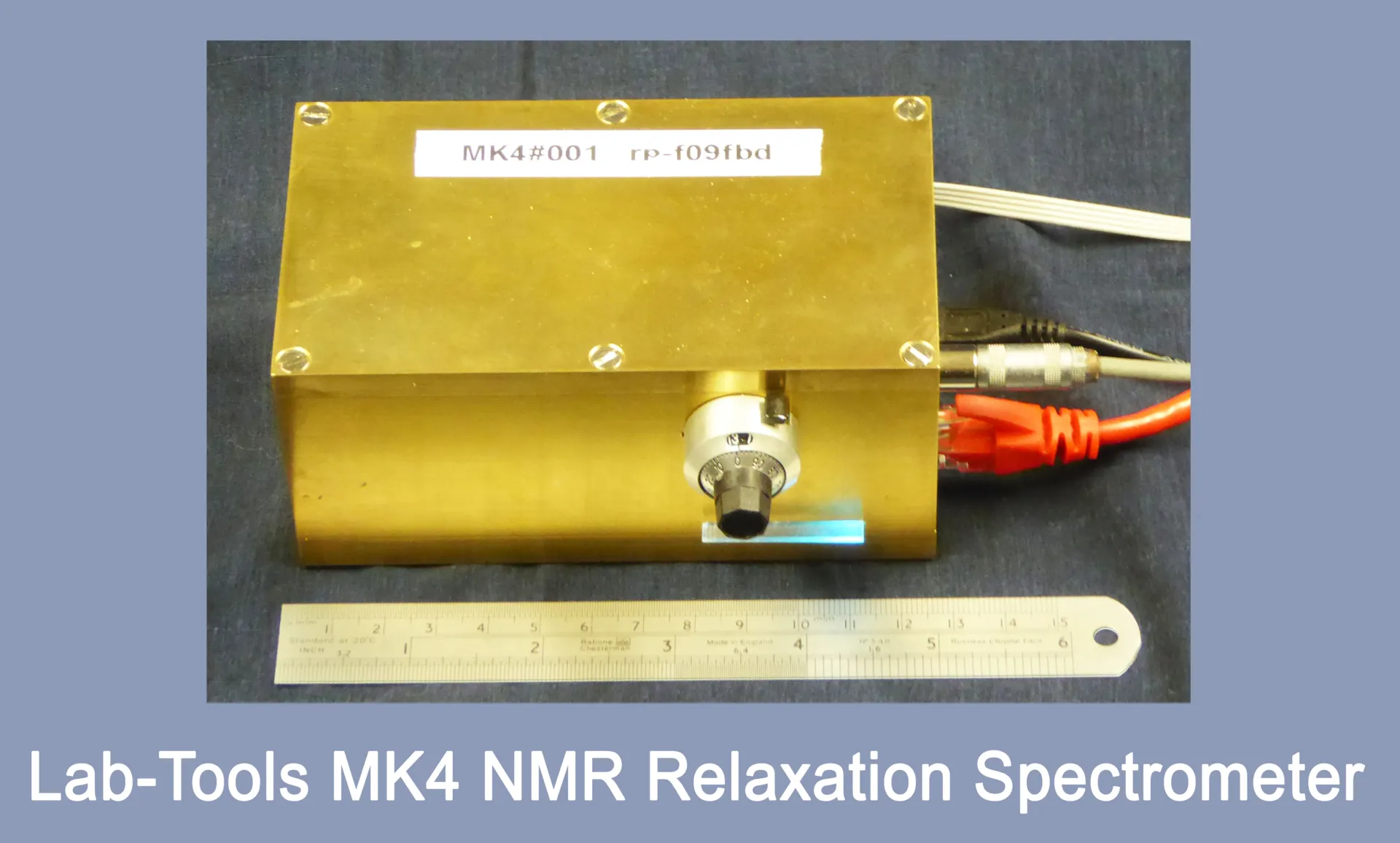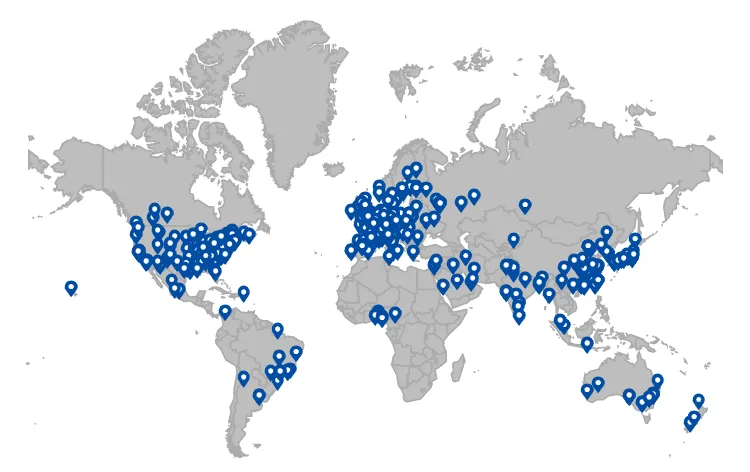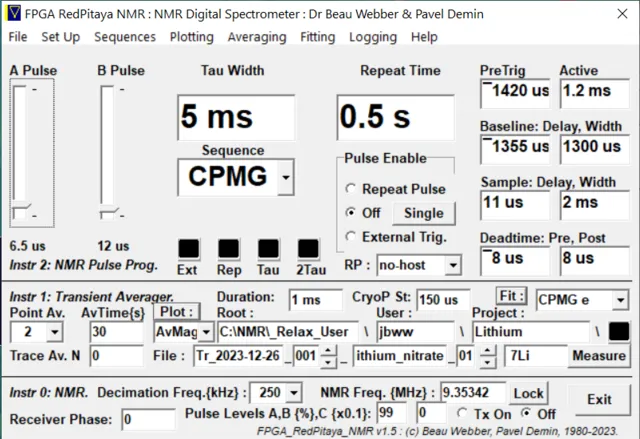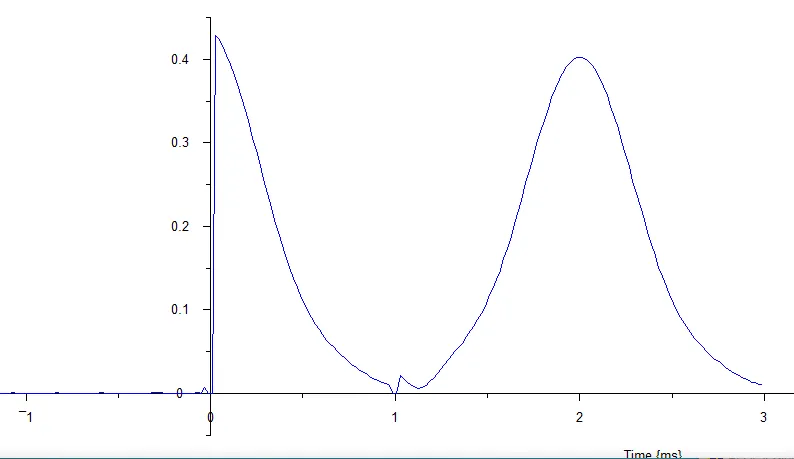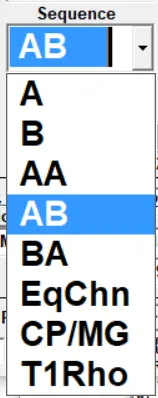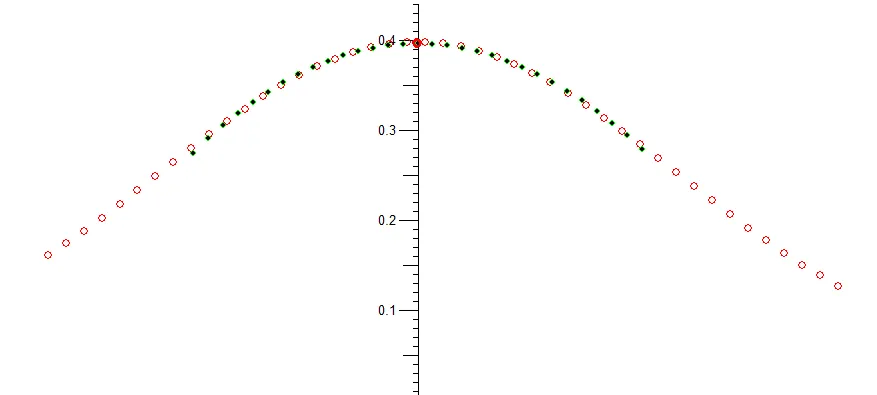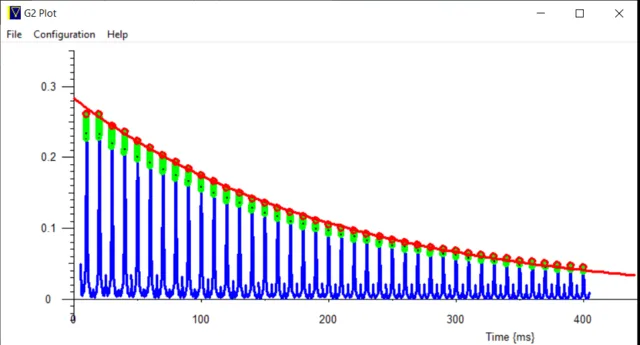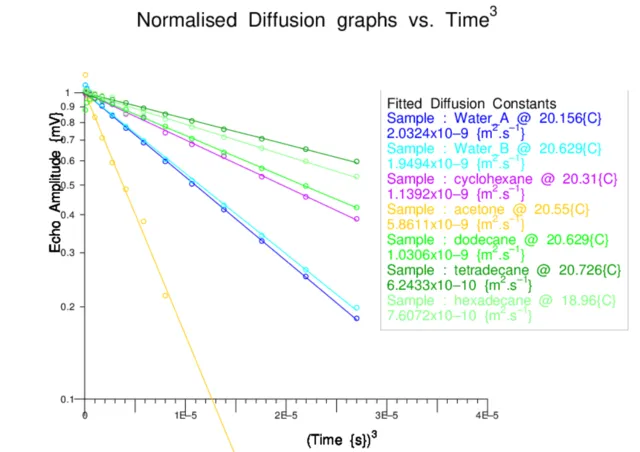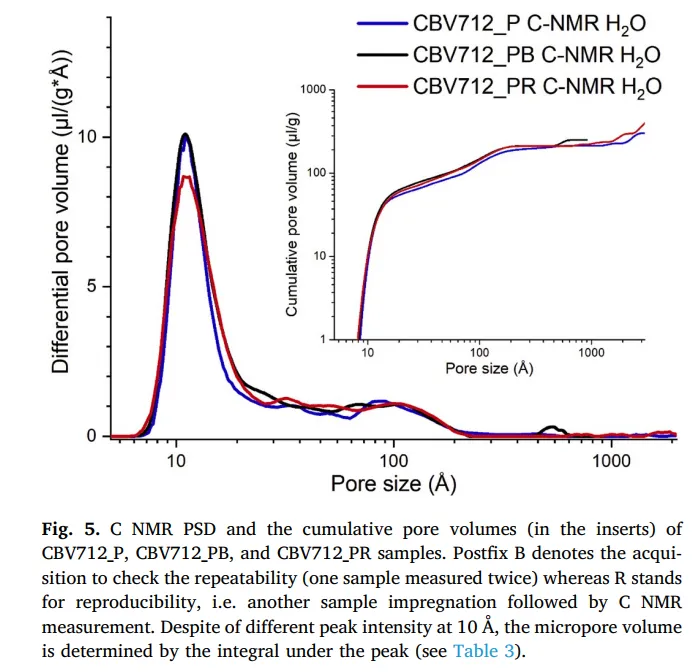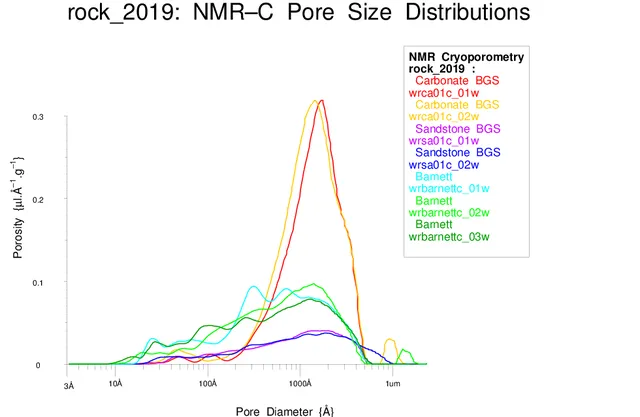Lab-Tools Time-Domain NMR Spectrometer
A Finnish university like their first Lab-Tools NMR Spectrometer and order 3 more .....
Time-Domain NMR Spectrometer
- A highly compact but precision instrument with versatile graphical user interface;
- NMR physical measurements on both liquids and solids;
T1rho spin locked measurements of slow molecular dynamics; - Graphical User Interface giving control, data analysis, display and data storage is on a Windows 10 or 11 computer;
- Can be operated locally, from elsewhere on the LAN, or remotely over the internet;
- Is suitable for both laboratory bench and mobile applications;
- Excellent signal-to-noise, good R.F. pulse strength;
- Minimal sample needed in 5mm or 3mm NMR tubes;
- A cutting-edge instrument, the R.F. is processed digitally in a Field Programmable Gate Array (FPGA);
- Thus highly stable for long term process measurements;
- New NMR pulse sequences may be added in a high-level language;
- 1H, 19F, 7Li, 31P, 23Na nuclei all observable with appropriate NMR probe and magnet, 2 to 50 MHz;
- Increasing support for frequency domain measurements at up to 90 MHz.
Optional Variable-Temperature Probe :
- Peltier thermo-electrically cooled variable-temperature probe -45C to +80C;
- Ideal for Material-Science measurements as a function of temperature;
- Enables the measurement of both sample component masses and qualities which are variously described as mobility, dynamics, stiffness, viscosity or rigidity.
- Peltier cooling gives extreme stability, around 10mK;
- This enables the measurement of nano-pore to micro-pore pore-size distributions using the technique of NMR Cryoporometry, sub-nm to over 1 micron pore diameter :
- Polymers, porous rock, clay, glass, ceramic, carbon, wood, biochar, rubber, artificial skin .....
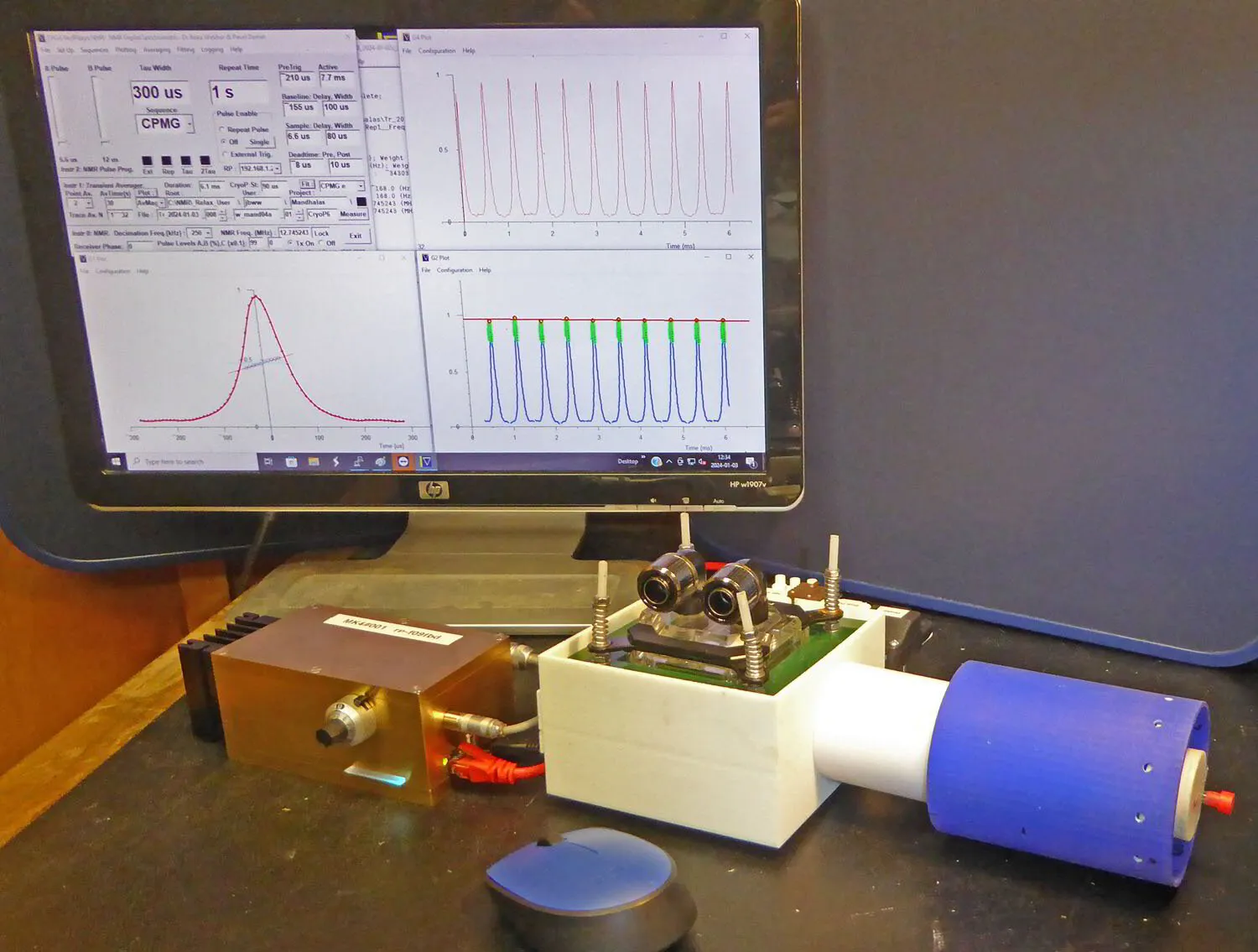
MK4 NMR Spectrometer with thermoelectric cooling and Mandhalas NMR magnet.
Lab-Tools precision compact gold plated NMR Spectrometer, with white Peltier thermo-electric cooled NMR probe -45C to +80C, and blue 0.3T 36mm bore coffee-mug sized Mandhalas NMR magnet, with 5mm NMR sample. Also available a good homogeneity 0.33 T 55 mm bore Halbach NMR Magnet. Both horizontal bore and vertical bore configurations are available.Hardware :
The spectrometer has a low-noise RF pre-amplifier, and a linear NMR transmitter, and a multi-turn Vernier knob to tune the probe.
The R.F. input/output is via dual 14 bit 125MHz ADC/DACs, and is digitally processed in a Field Programmable Gate Array (FPGA) module.
There is also an on-chip ARM Dual Core processor, with a Linux computer. This talks to the Windows control computer over an Ethernet link.
Firmware :
This processes the R.F. digitally, to 24 bit accuracy. It is supplied on a micro-SD card, in the FPGA module.
Software :
This is written in a high-level array-based language, and is supplied ready to run on Windows 10 or 11. When it runs, the software connects to the Linux computer using the Ethernet, opens a Graphical User Interface (GUI), and performs initial configuring and setting up of the NMR Spectrometer hardware and firmware. This is best operated from the local supplied Windows computer, but the spectrometer can also be operated from computers elsewhere on the local area network or connected to over the internet.
Graphical User Interface :
This is a very versatile unit, offering many capabilities for setting up the spectrometer, keeping it on tune, and making and analysing many types of NMR measurements. It is described in more detail below. As well as being used to control the NMR spectrometer, it can also be used in off-line mode, very useful for plotting or re-analysing pre-measured data in your office.
Setup and Configuration :
The spectrometer offers built-in NMR Probe response plotting for tuning. It also has auto-tuning of the spectrometer frequency both on set-up and at every completed averaged measurement. Receiver gain can be adjusted over a 72 dB range.
Published Papers :
Listings of over 50 papers published using data measured using the Lab-Tools Mk2 and Mk3 NMR Time-Domain Spectrometers include :
Google Scholar page Web of Science ORCID : 0000-0002-8967-4671
Instrumentation Papers :
- Credit-card sized Field and Benchtop NMR Relaxometers using Field Programmable Gate Arrays. J. Beau W. Webber, Pavel Demin, Magnetic Resonance Imaging Volume 56, February 2019, Pages 45-51, DOI 10.1016/j.mri.2018.09.018
- Some Applications of a Field Programmable Gate Array Based Time-Domain Spectrometer for NMR Relaxation and NMR Cryoporometry. J. Beau W. Webber. Appl. Sci. 2020, 10(8), 2714; DOI 10.3390/app10082714 Special Issue: Applications of Low Field Magnetic Resonance
- The implementation of an easy-to-apply NMR cryoporometric instrument for porous materials, J. Beau W. Webber, Huabing Liu, Magnetic Resonance Imaging, Volume 100, 2023, Pages 36-42, ISSN 0730-725X, DOI: 10.1016/j.mri.2023.03.006
- Digitally Based Precision Time-Domain Spectrometer for NMR Relaxation and NMR Cryoporometry. John Beausire Wyatt Webber, Pavel Demin. Micro , Vol. 3, No. 2 p. 404-433, 2023 DOI: 10.3390/micro3020028
This NMR Spectrometer is very competitively priced at the cost of typical non-NMR laboratory instrumentation.
Please do contact us for detailed pricing and further information :
Lab-Tools have greatly extended the modules built into their NMR Spectrometer graphical user interface (GUI), to include assistance for a number of different applications :
- The NMR spectrometer is controlled from this graphical user interface.
- Parameters can be saved and re-loaded.
- Simplicity / complexity is adjustable via overlays;
- This is the research grade version, offering significant flexibility and control for a wide range of applications.
Process Monitoring :
In particular, modules have been added for long duration Process Monitoring, allowing the regular measurement by a number of different NMR Pulse Sequences in rotation, interspersed with an AutoTune.
Data Fitting :
All measurements can be fitted as they are made, and the results written to a log table and to file.
Go/No-GO Applications :
Overlay skins can be configured for particular user needs.
See the sections below for these and other measurement facilities .....
Lab-Tools Graphical research grade Graphical User Interface.
Simplicity / complexity is adjustable via overlays.
Excellent signal-to-noise : single-shot FID and Echo : 119 mg hexadecane in 5mm NMR tube.
By default the GUI offers a set of standard NMR pulse sequences, including CPMG and T1Rho.
These pulse sequences are defined in a high-level language, and drive a firmware pipe-lined pulse sequencer on the FPGA.
It is possible to define new pulse sequences in the high-level language.
On-Line Data Fitting :
When an averaging sequence completes, the fit specified in the Fit selector is applied.
Fits can be polynomial, exponential or Gaussian. These can be single or multi-component fits.
For echoes, the peaks are fitted with a polynomial, and the polynomial solved to obtain the peak.
For echo-chain sequences, the echo peaks are measured in the same way, and single or multi-component fits applied to the peak data.
Off-Line Data Fitting :
The File Menu enables the loading of pre-saved data, and then the Sequence, Tau and Fit selectors control the fitting of the data in the same manner as on-line fitting.
Fitting sequences of captured data :
Openable parameter panels allow extended runs of pre-captured data to be selected, analysed and plotted.
An openable parameter panel allows extended runs of captured data to be measured.
Selectable sequences of measurements are made at regular intervals, and each measurement set can begin with a spectrometer auto-tune.
For long sequences of measurements, compact representations of the captured data can be saved, as an alternative to the full captured data vectors.
Lab-Tools 5 channel USB interfaced micro-voltmeter for temperature control for our variable-temperature NMR probes and nano-pore measurement using NMR Cryoporometry.
Offers :
- 2x thermocouples with cold-junctions, with 10mK precision for NMRC;
- 17 quartic linearisation for thermocouples;
- 2x precision electronic sensors;
- Field Programmable Gate Array for sequencing and averaging;
- 24 bit resolution, multiple full scale ranges +/- 20mV to +/- 2.56V .
1D Diffusion :
A highly useful application of time-domain NMR is in measuring the self-diffusion constant of liquids. This parameter is highly temperature sensitive.
A linear magnetic gradient is needed for the measurement, which can be created either with a pair of Helmholtz gradient coils, by using the axial fringe field of a super-conducting magnet or by shimming a permanent magnet.
Here is a quick measurement for the self-diffusion constants for water and a number of organic liquids.
1D Imaging :
The measurement of an FID or Echo in a magnetic gradient allows NMR images to be created, through the application of a Fourier Transform.
Here is a a 1D image obtained in a linear gradient, of a structured rubber sample.
Polymers :
Polymers, rubbers, woods and similar materials are all very suitable to be studied by this NMR time-domain spectrometer.
In particular some of the multi-component fitting routines are specifically intended to study crystalline / amorphous components in plastics.
These can be measured both in the bulk and in nano- to micro-pores.
Porous materials :
The design of this NMR spectrometer is particularly targeted at studying nano- to micro-pore-size distributions, by both relaxometry and NMR Cryoporometry :
http://www.nano-science.co.uk/cryoporometry/cryoporometry.html
See also our NMR Cryoporometry review paper .
Porous materials studied by this technique, to date :
Sol-gel & CPG silicas
MCM templated silicas
SBA templated silicas
Activated carbons
Biochar
Zeolites
Catalysts
Cement & Concrete
Fired & unfired clays
Marine Sediments
Chalks, Shales
Sandstones
Oil-bearing rocks
Meteorites
Wood
Paper
Rubbers
Emulsions & Paint
Artificial skin
Bone
Melanised fungal cells
Hydrogels
Our offices and NMR research laboratory are located in Ramsgate, Kent, England.
Dr. Beau Webber.
Lab-Tools Ltd. (nano-science),
Marlowe Innovation Centre,
Marlowe Way,
Ramsgate, CT12 6FA
This NMR Spectrometer is very competitively priced at the cost of typical non-NMR laboratory instrumentation.
Please do contact us for pricing and further information :

